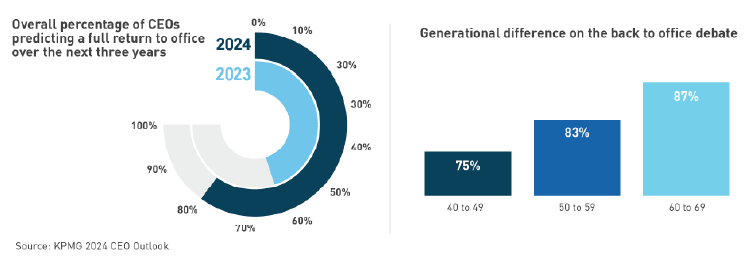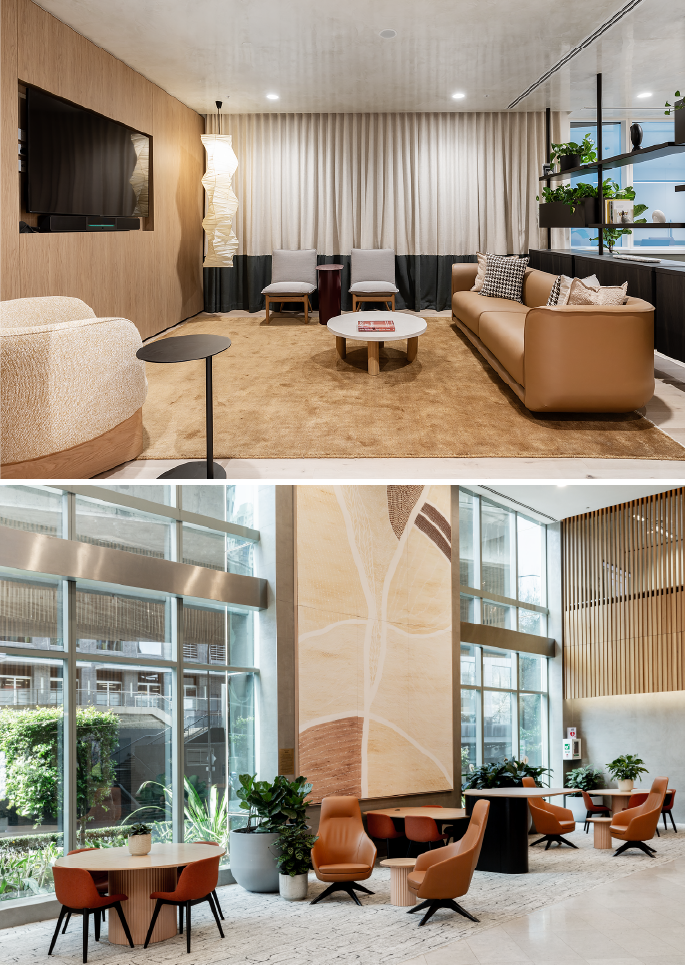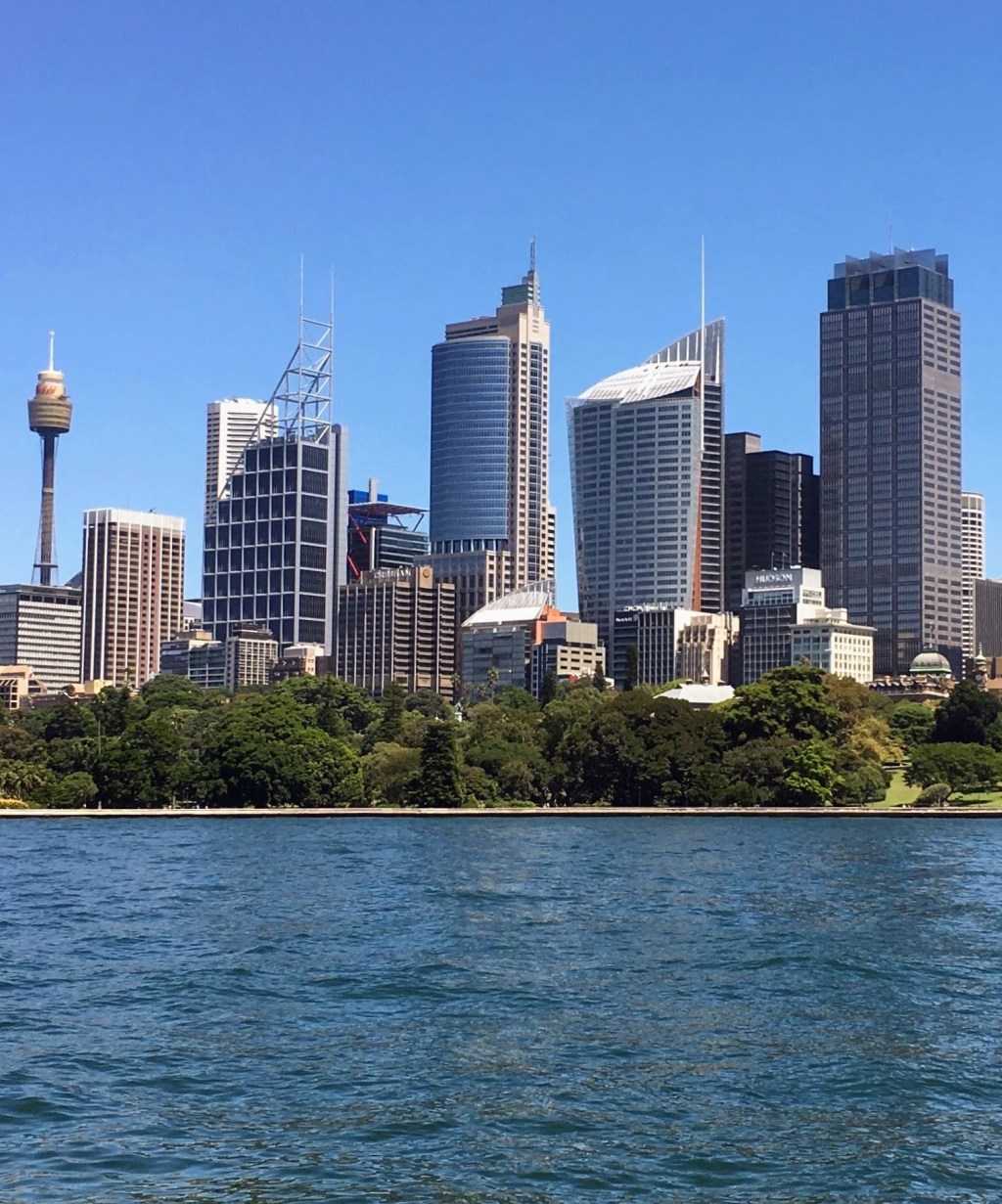Three years after COVID lockdowns: The evolution of the office workplace
Late 2021 saw the last of the COVID-19 lockdowns in Australia, specifically, Melbourne, which experienced some of the longest lockdowns globally, ended its final major lockdown on 22 October 2021. Just over three years later, what does the landscape of working from home (WFH) and subsequent office workplaces look like in Australia?
The evolution of WFH
The demand for workplace flexibility has been growing since 2015, but the COVID-19 pandemic acted as a catalyst, accelerating this trend. According to the Australian Bureau of Statistics1, 36% of employees regularly worked from home in August 2024, slightly down from 37% in 2023 and 40% in 2021. To put those figures into context, pre-COVID-19 levels were around 30-32%.
The main reasons for working from home in 2024 were flexibility (25%), operating a home-based business (23%), catching up on work after hours (21%) and saving money/ spending less time commuting (12%). Interestingly, there is no consensus on the optimal number of days to work from home; older generations tend to prefer more time in the office compared to Millennials and Generation X. A 2024 Wellness at Work study2 by Australian HR platform Employment Hero found people who spent more time WFH improved their work-life balance and mental health. 73 per cent of professionals believe all companies should offer flexible work options to employees3.
Employers may have a different view.
The KPMG 2024 CEO Outlook4, published in November 2024, revealed that 83% of the 1,325 CEOs surveyed expect a full return to the office by 2027. This marks a significant increase from the 64% who held this expectation in 2023. Again, this expectation only increases with age, as indicated in the chart below.

In late 2024, several organisations mandated a return to the office. For instance, Amazon requires employees to work from the office five days a week starting 2 January 2025, to enhance collaboration and company culture. Dell increased its office mandate from three to five days a week in September 2024, citing productivity and collaboration as key reasons. Flight Centre and Tabcorp also mandated full-time office work to foster a “winning culture.” The public sector continues to review flexible arrangements and primary workspaces as work from the office continue to be a hot topic across governments.
Many CEOs employees who return to the office with favorable assignments, raises, or promotions4. However, some employees prefer the convenience of working from home, even if it results in fewer promotions. A survey by Deel found that 45% of respondents would consider taking a pay cut for a fully remote job, and 75% of individuals under the age of 54 indicated they would leave their job if flexible work options were not available5.
Clearly, there is a significant gap between employees’ preferences and employers’ willingness to support remote work. As this tension continues, it becomes increasingly important for employers to create office environments that attract employees. So, what does the optimal modern office look like?









